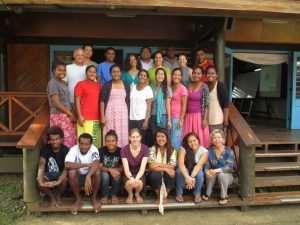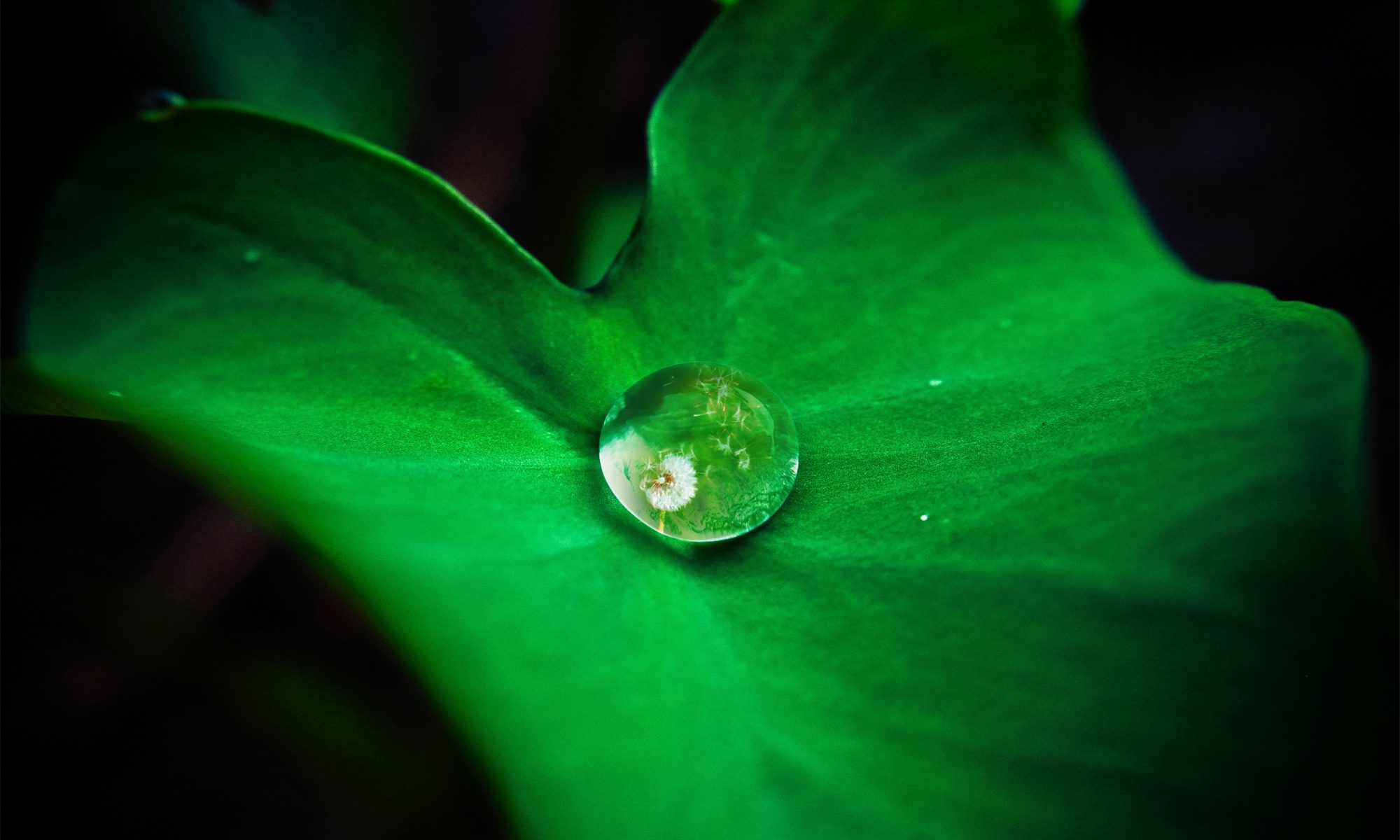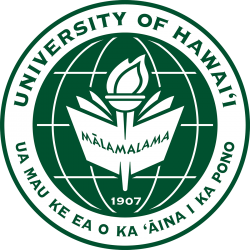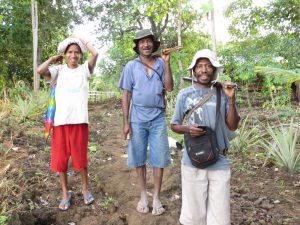PI: Tamara Ticktin (UHM Botany), Kim Burnett (UHERO), Alan Friedlander (UHM Biology and National Geographic), Tom Giambelluca (UHM Geography), Stacy Jupiter (Wildlife Conservation Society -Fiji), Mehana Vaughan (UHM NREM), Kawika Winter (National Tropical Botanical Garden), Lisa Mandle (Natural Capital Project, Stanford), Heather McMillen (NREM).
Graduate students and postdocs: Leah Bremer, Jade Delevaux, Ashley McGuigan, Shimona Quazi, Rachel Dacks, Jonatha Giddens, Natalie Kurashima, Puaʻala Pascua, Cheryl Scarton, Ron Vave
This interdisciplinary and collaborative project aims to identify factors that enhance resilience of Pacific Islands communities and the natural resources they depend on, to environmental and climate change. Our research has two major foci: 1) In Fijian coastal communities, we are examining how indicators of resilience are linked across social and ecological realms, and land and sea (agroforests and coral reefs); how they are affected by external factors such as markets; and the role of traditional ecological knowledge and management, and biocultural connections more broadly, in enhancing resilience. 2) We are assessing how different land and ocean management practices affect social-ecological resilience under different climate change scenarios. We are examining cultural connections to place, ground water recharge, fire risk, native plant diversity, and economic costs and returns. We are focusing on three study sites that differ in their environmental and socioeconomic conditions: Kaʻūpūlehu, Hawaiʻi Island, Haʻena Kauai Island, and Kubulau, Vanua Levu, Fiji.

Our team consists of faculty, students, resource managers and community members, whose expertise include terrestrial and marine ecology and management, ethnobotany and traditional ecological knowledge, environmental economics, anthropology, climate change modeling and ecosystem services modeling. One of our goals is to develop a network for sharing and exchange on the role of traditional ecological knowledge and management, and biocultural connections more broadly, in enhancing resilience in the Pacific Island communities. Last year we co-taught in interdisciplinary field course in Fiji on this topic for a group of UH and University of the South Pacific students, from across the Pacific Islands. We have been funded through the NSF Coastal SEES and NSF CNIC programs.



 This pilot project documents traditional botanical knowledge in Abui, an endangered non-Austronesian language spoken in the Alor Archipelago of Southern Indonesia. Given rapid changes in human-environment interactions, etnobotanical knowledge is particularly susceptible to loss and stylistic shrinkage. Building on more than a decade of collaborative research by an international team of investigators, this project will: (1) collect voucher specimens for herbarium deposit and determination to species; (2) create high-quality photographic images of each specimen; and (3) video-record, transcribe and translate conversations about knowledge of each specimen in Abui language. The results will provide a baseline for future comparative studies, forming the foundation for an empirical ethnobotanical dataset, which can be used for linguistic reconstruction of botanical terminology. Ultimately, such data provide clues to the ecosystems of ancestral homelands and aid in the identification of lexical borrowings which suggest prehistoric migration patterns and the emergence of areal features that demonstrate cultural and linguistic contact.
This pilot project documents traditional botanical knowledge in Abui, an endangered non-Austronesian language spoken in the Alor Archipelago of Southern Indonesia. Given rapid changes in human-environment interactions, etnobotanical knowledge is particularly susceptible to loss and stylistic shrinkage. Building on more than a decade of collaborative research by an international team of investigators, this project will: (1) collect voucher specimens for herbarium deposit and determination to species; (2) create high-quality photographic images of each specimen; and (3) video-record, transcribe and translate conversations about knowledge of each specimen in Abui language. The results will provide a baseline for future comparative studies, forming the foundation for an empirical ethnobotanical dataset, which can be used for linguistic reconstruction of botanical terminology. Ultimately, such data provide clues to the ecosystems of ancestral homelands and aid in the identification of lexical borrowings which suggest prehistoric migration patterns and the emergence of areal features that demonstrate cultural and linguistic contact.